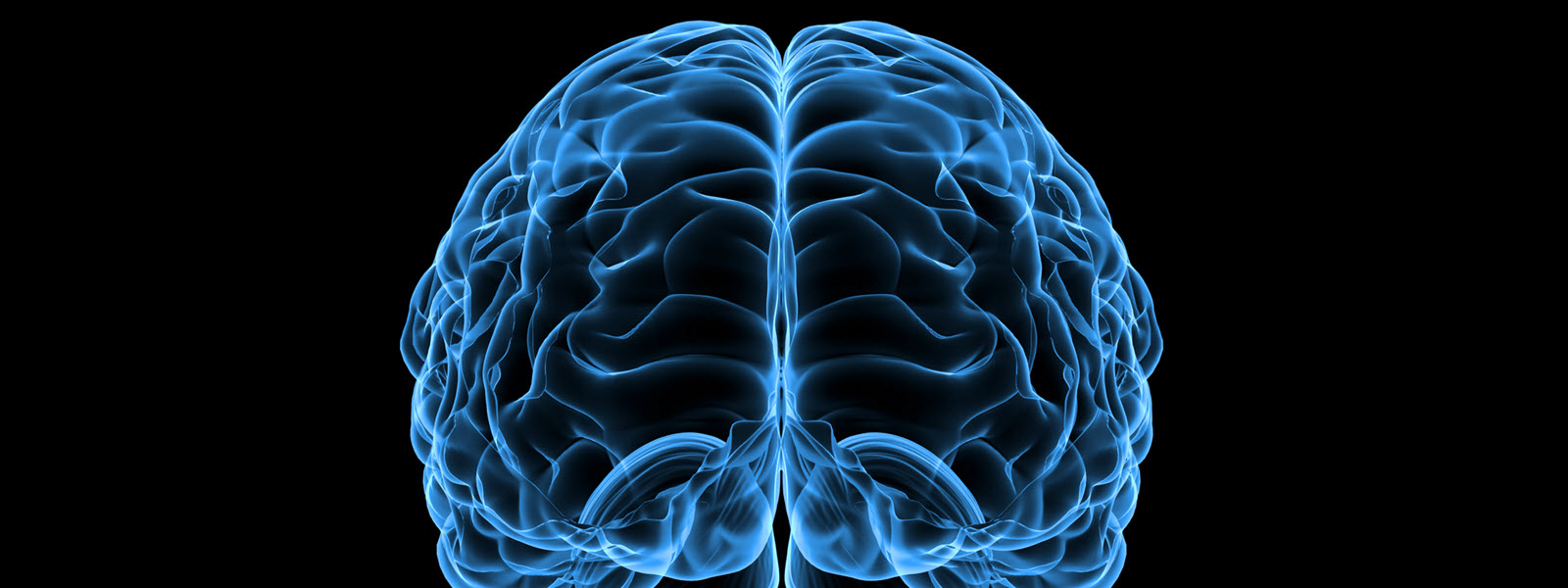Artificial Intelligence is already being used to conextualize data and significantly reduce efforts to transform data sets for better insights. Adaptive intelligence is being infused into cloud applications by vendors like Oracle to drive data-driven intelligence based on Machine Learning algorithms at vastly increased Speeds.
To quote Angela Zutavern, coauthor of The Mathematical Corporation “We are moving from a time when people would look at the past to interpret what that meant for the future and moving toward the true predictive power of machines, where people take action based on the results.”
So how will AI, ML and Blockchain change Business Analytics?
While predictive analytics can tell you what products and services you should be targeting to customers before they need them, predicting the future of business analytics requires a quick review of the new sources of data that will continue to increase over the next five-to-10 years: artificial intelligence, machine learning, and blockchain. Each can be a source of data as well as a mechanism to improve the analytics you are utilizing for your organization.
Artificial Intelligence
Artificial intelligence begins with creating algorithms that replicate human thought and judgment to produce insights or recommendations for users to make decisions. Theoretically, those algorithms can be run over volumes of data and at speeds that would make it impractical for individuals to analyze on a timely basis. For companies to leverage AI as a competitive advantage, they need to invest in developing the algorithms that are making those recommendations.
Unfortunately, there is no “easy” button to do this, but the right partner and technology can help you analyze and develop the rules and logic to incorporate into your AI solution to improve the quality of the results. A great example of this is a problem IBM ran into while preparing Watson to compete on the game show, Jeopardy! The team continued to see improved accuracy in answering questions as they incorporated more information into Watson’s memory; that is until they loaded one book that decreased the accuracy of the whole system. What book was that? The Bible. Despite being the most widely published book in history, loading The Bible decreased the accuracy of Watson’s artificial intelligence. The takeaway is that a book largely based on parables involving faith does not help a machine determine the answers to other factual questions. In fact, it has the exact opposite effect. For business, that means that incorporating unverified information into your AI – such as inflated reviews by trolls or bots on Amazon – may lead to the wrong recommendations coming from your AI system.
Machine Learning
In a contrast to AI which can be viewed as having a wider purview, machine learning takes a more narrow view in trying to incorporate specific data regarding specific items to improve the performance of a task outcome. A good example and application of machine learning is the accuracy of the iPhone in recognizing words and phrases before you finish typing. The improvement in recognition comes from a very specific data set (what you type) over the course of time, with the intent to improve the accuracy of your typing in the future. What this represents from an analytics perspective is a very targeted, and often structured, data set that can and should be incorporated into your data lake. If an organization could view the trending words that Apple is autocorrecting on the iPhones of its field service staff, it may put the company in a better position to address challenges related to those words more proactively to improve customer service across a service organization distributed across the country.
Blockchain
Blockchain potentially represents the most transformational transaction recording innovation since EDI. The core concept of Blockchain is a distributed ledger that is stored and validated across numerous locations that are all connected and have a validation mechanism that prevents anyone from making an unvalidated change. Unlike Wikipedia where any person can edit the page on Abraham Lincoln to say he lived until 1901 and post it, only to have it corrected after the fact, Blockchain proactively validates the transactions before they post.
For example, if Company A sells a machine to Company B and the transaction is recorded in a Blockchain ledger, both parties need to validate the transaction via the proper protocol across the chain. Since the entire ledger is distributed, anyone joining the Blockchain network gets the entire copy of all the ledgers into their machine. You can see transactions of your competition that are in the Blockchain network, just like they can see your transactions to determine their go-forward strategies. It’s being perceived as a win-win for both parties. If there are sensitive data, there could be a concern of moving the data out of the Blockchain. Therefore, there could be an opportunity to run Analytics, ML or AI engines inside the Blockchain, on the same server that executes the transactions.
Since Blockchain allows all participants to see all data across the network, it enables BI/AI/ML at every network. Eventually, there may be a reporting protocol, encryption/decryption or data aggregation services for Blockchain ledgers, companies may need a new infrastructure and approach before they can analyze insightful Blockchain ledger data into their AI or ML systems.

